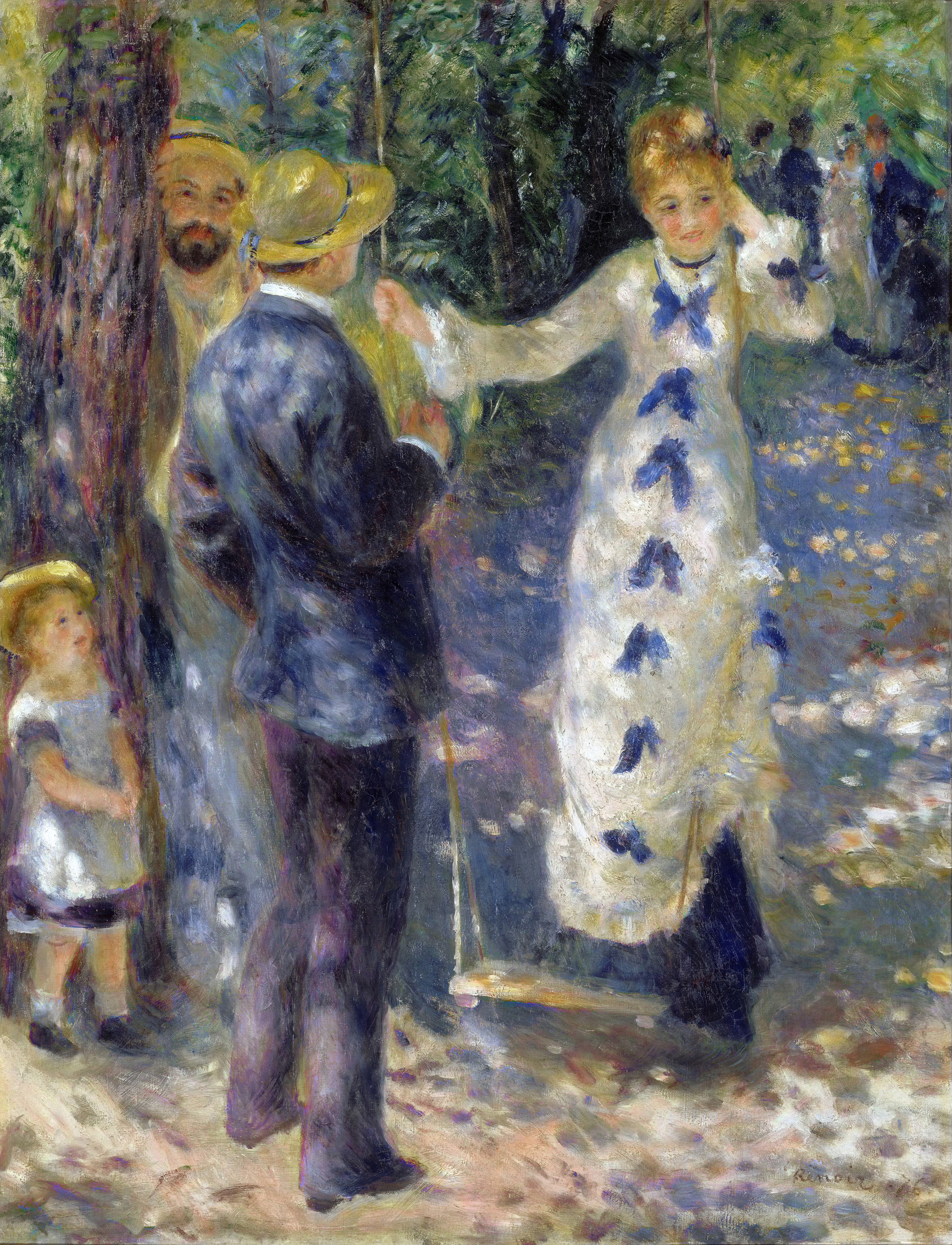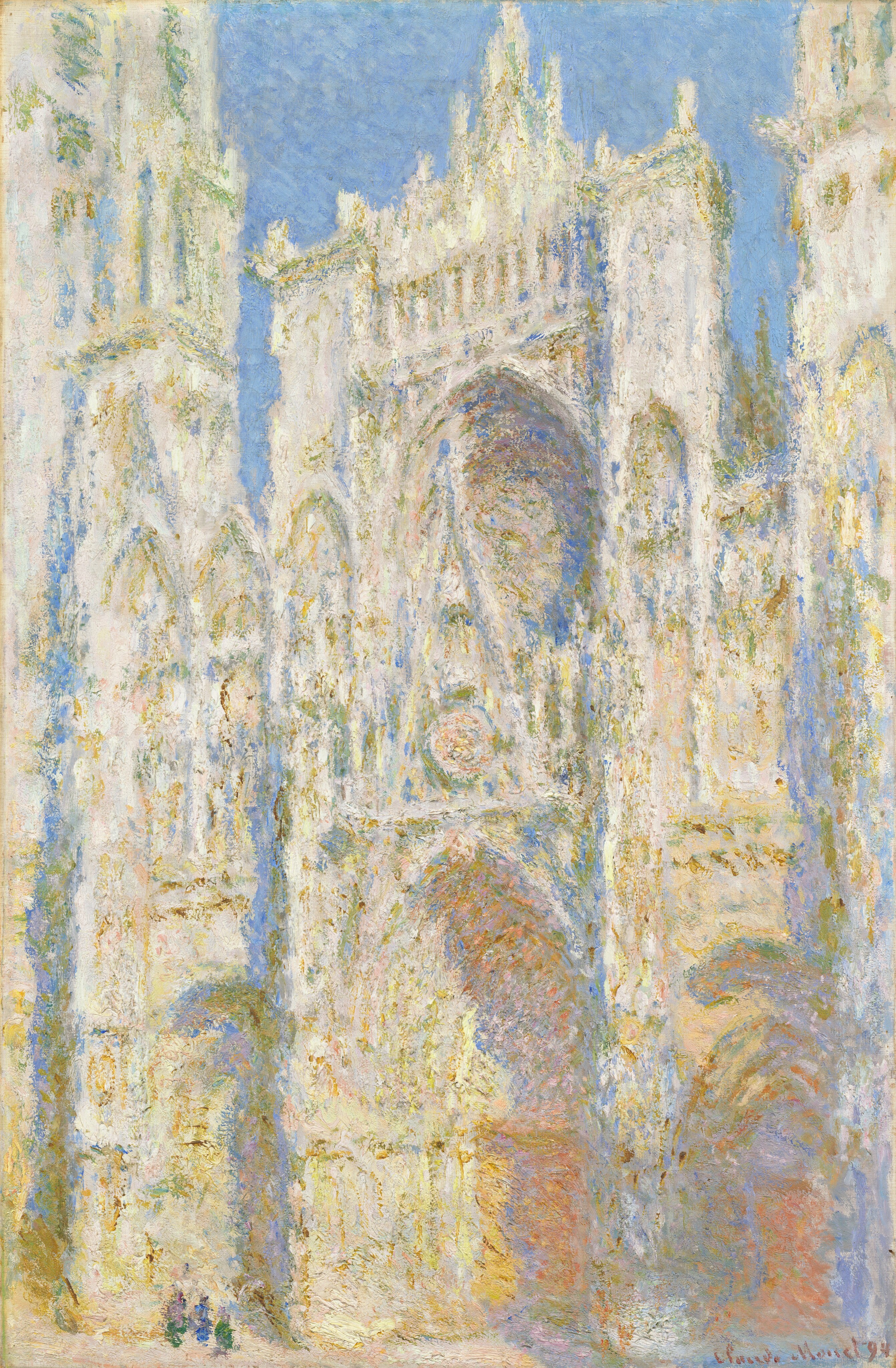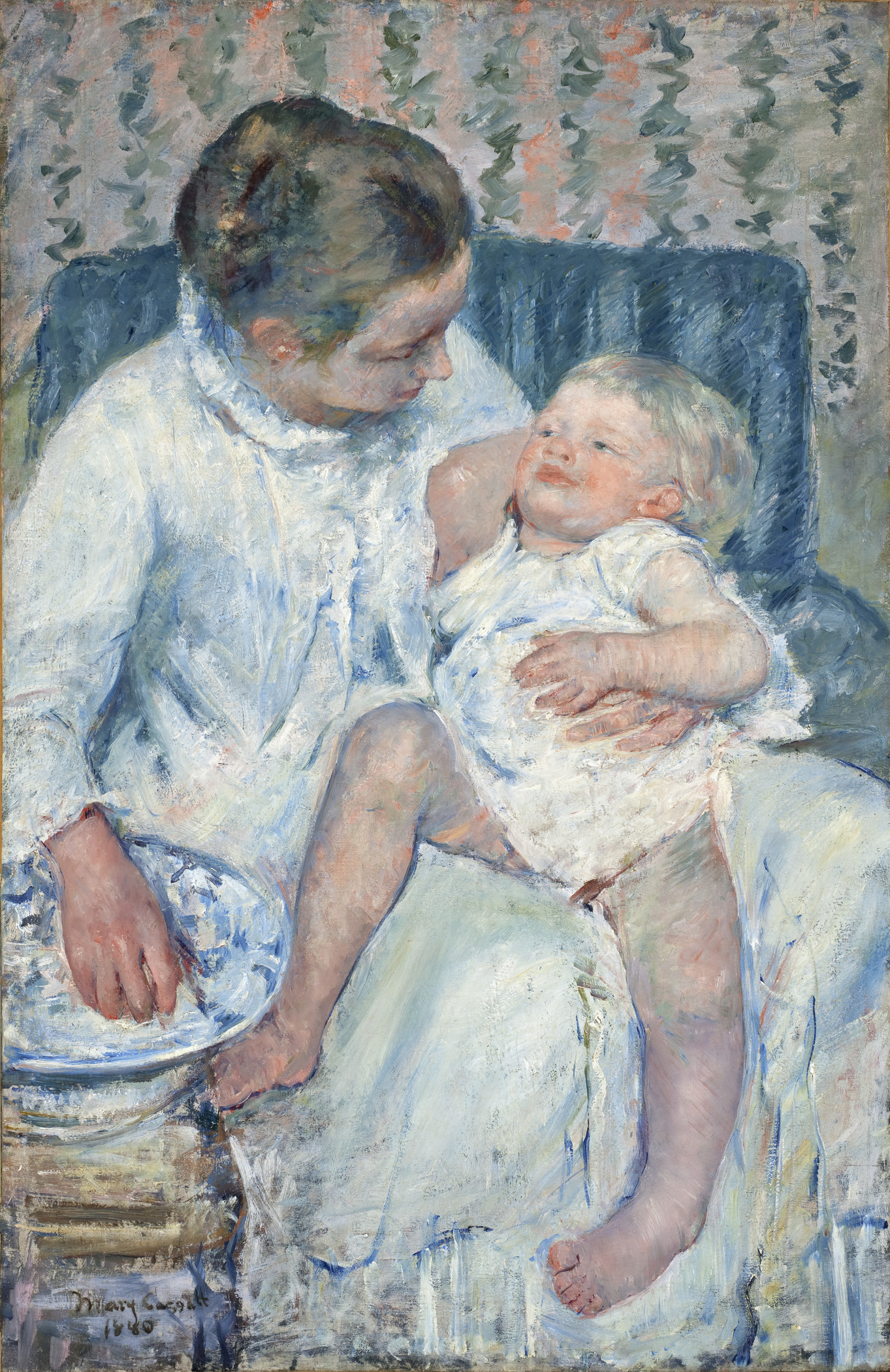Impressionism is a style of art that presents an immediate impression of an object or event. Impressionist painters try to show what the eye sees at a glance, rather than what they know or feel about the object or incident. They try to reproduce light as it appears to the eye when reflected from the surface of things. For this reason, many Impressionist paintings have an effect of vibrating brilliance. Some painters achieve this effect by applying paint in small individual strokes of pure color , instead of mixing it on the palette. There are Impressionist works of music, literature, and sculpture. However, Impressionism is most important in the art of painting.

French Impressionism.
Painters and other artists have created Impressionistic works of art in several periods of history. But the term Impressionism is applied chiefly to the work of a group of French artists who revolutionized painting with shimmering, colorful pictures. These artists included Claude Monet , Pierre Auguste Renoir , Camille Pissarro , and Edgar Degas . They created their most important work from about 1870 to about 1910. They held their first exhibition together in Paris in 1874. The name Impressionism comes from Monet’s painting Impression: Sunrise (1870), which was shown at that exhibition. The artists took the name after a critic used it mockingly to describe all the exhibited works.

The French Impressionists were influenced by the Realist movement in painting of the mid-1800’s. They were also influenced by the scientific study of light and color, which gained importance at the same time. In addition, Impressionists studied the then new science of photography, along with Japanese prints, newly introduced into Europe. Both these art forms showed the Impressionists how to frame and use space differently in their compositions.
The Impressionists favored compositions that seemed informal and spontaneous. They preferred to work outdoors, in the natural light. Monet, in particular, often painted the same subject several times in different atmospheric situations. He wanted to show how colors and surface effects change at various times of day. The Impressionists painted rapidly rather than developing their paintings later in studios from studies and sketches. Most art writers of the time strongly criticized Impressionist techniques. They considered them evidence of sloppy workmanship. The critics considered Impressionist paintings an insult to viewers because they were expected to accept apparently unfinished art as a “real” painting.

Impressionist painting, with its visible brushstrokes, draws the viewer’s attention to the surface and technique of the artwork. The viewer thus becomes aware of the painting as an object in itself, rather than a “window” onto the subject being portrayed. In this way, the Impressionists prepared the way for much abstract art of the 1900’s.
One of the notable features of Impressionist painting was its attention to the life of its time. Today, people often think of the Impressionists as painters of sunlit landscapes and rural scenes. But these artists also portrayed industrial developments they saw around them. These subjects included railway trains and stations; iron bridges; wharves, canals, and barges. Impressionists painted factory buildings whose smoking chimneys often formed part of the landscape. They painted city life in Paris, showing people in everyday dress. Their landscapes are frequently set in the suburbs near Paris. There crowds of city dwellers would come for a weekend in the country.
The most important French Impressionists are, in chronological order, Édouard Manet , Pissarro, Degas, Alfred Sisley , Monet, Renoir, and Berthe Morisot . Pissarro and Sisley are best known for their French countryside and river scenes and their Parisian street scenes. Degas, unlike most Impressionists, did not use the divided color technique. However, his scenes of ballet dancers and horse races seem spontaneous and immediate. Renoir loved to show the effects of sunlight on figures and flowers. Morisot is known for her delicate portrayals of mothers and children.

American Impressionism.
Artists from other countries were part of the Impressionist movement. James A. M. Whistler worked in England and France. He was one of the first Americans to emphasize delicate atmospheric effects. Mary Cassatt was an American who lived most of her life in France. She specialized in painting mothers with their children. The portraits of John Singer Sargent have a visual impact typical of Impressionism. The landscapes and seashore scenes of Childe Hassam are full of vibrating sunlight.

Music, literature, and sculpture.
Impressionist music is usually based on atmospheric effects or descriptive ideas. Claude Debussy and Maurice Ravel of France wrote music with sounds that call forth such images as moonlight, the sea, waterfalls, and fireworks.
In literature , Impressionism means an attempt to express the immediate sensations of the world and events. Edmond de Goncourt and his brother Jules, French writers of the 1800’s, were the first important Impressionist writers. The American John Dos Dos Passos sometimes used parts of headlines, popular songs, and advertisements in Impressionistic passages. These passages capture the mood and quick pace of the 1900’s.
Sculptors have traditionally been concerned with showing the structural form of their subjects. But the works of Degas and of Auguste Rodin of France are examples of Impressionist qualities in sculpture . Degas created sculptures as well as paintings showing ballet dancers in motion. Rodin gave his figures a look of surface movement and used extraordinary momentary poses.
Loading the player...Burghers of Calais by Auguste Rodin
